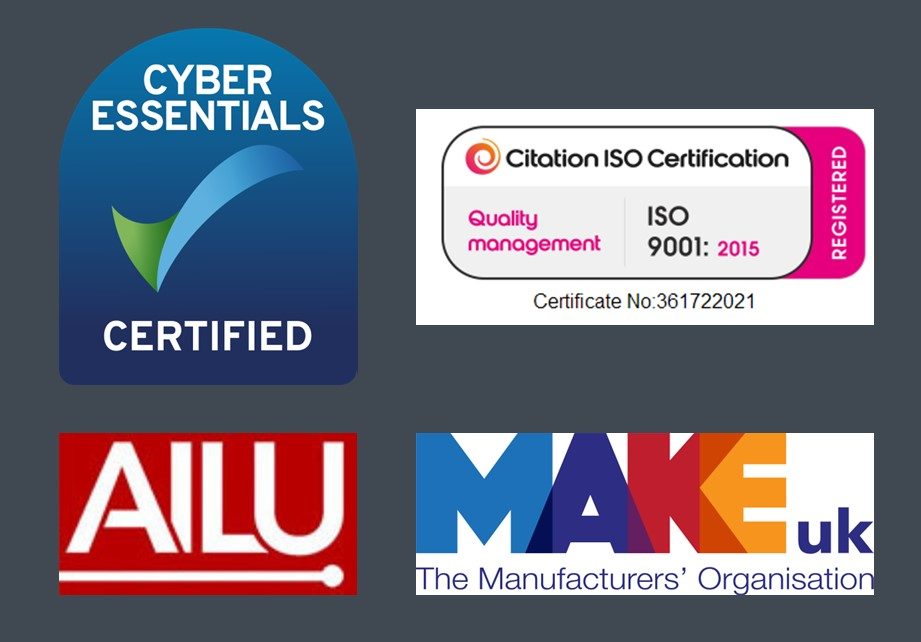Unlocking the Secrets: MIG vs. TIG Welder - Which Welding Technique Reigns Supreme?
As the demand for high-quality welding techniques continues to grow in various industries, understanding the differences between MIG and TIG welding has become increasingly essential. According to a recent report by the American Welding Society, the global welding market is projected to reach $29 billion by 2027, reflecting the critical role of skilled welders and advanced technologies in manufacturing and construction. In this competitive landscape, choosing the right method can significantly impact productivity and the integrity of welded structures.
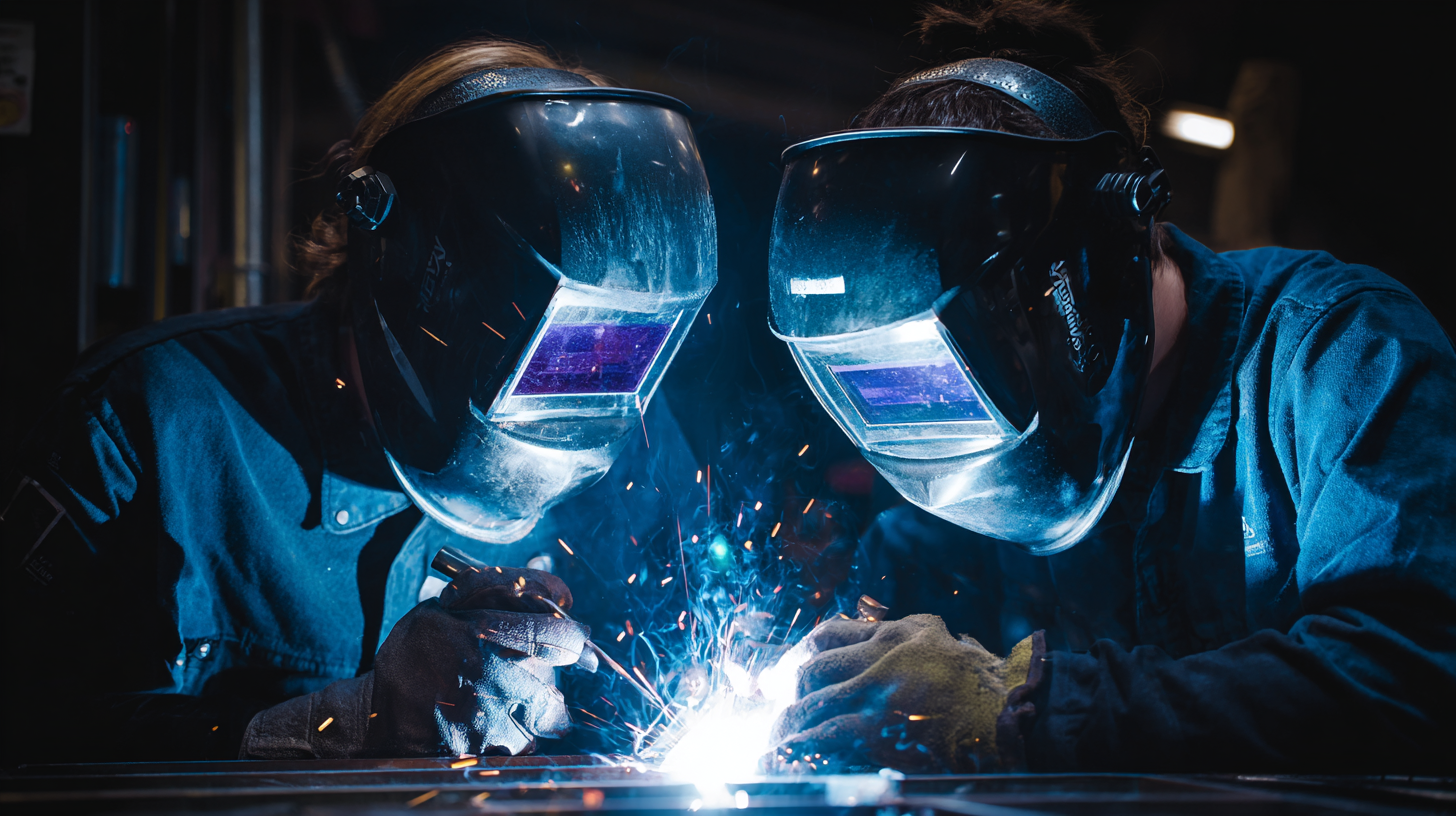
Industry expert John Smith, a respected figure in welding technology, emphasizes the importance of these techniques when he states, "The choice between a MIG and TIG welder is not just about the job at hand; it reflects a welder’s versatility and adaptability to meet varying project demands." His insight highlights that while MIG welding is renowned for its speed and efficiency, particularly in high-volume production, TIG welding offers unparalleled precision, making it the preferred choice for intricate designs and thin materials.
In unlocking the secrets behind these two prevalent welding methods, it becomes crucial for welders and manufacturers alike to evaluate their specific needs and objectives. By exploring the advantages and applications of MIG and TIG welding, we can determine which technique truly reigns supreme in the ever-evolving world of metal fabrication.
Comparison of MIG and TIG Welding: Key Differences and Applications
When comparing MIG (Metal Inert Gas) and TIG (Tungsten Inert Gas) welding, it's essential to understand their key differences and applications.
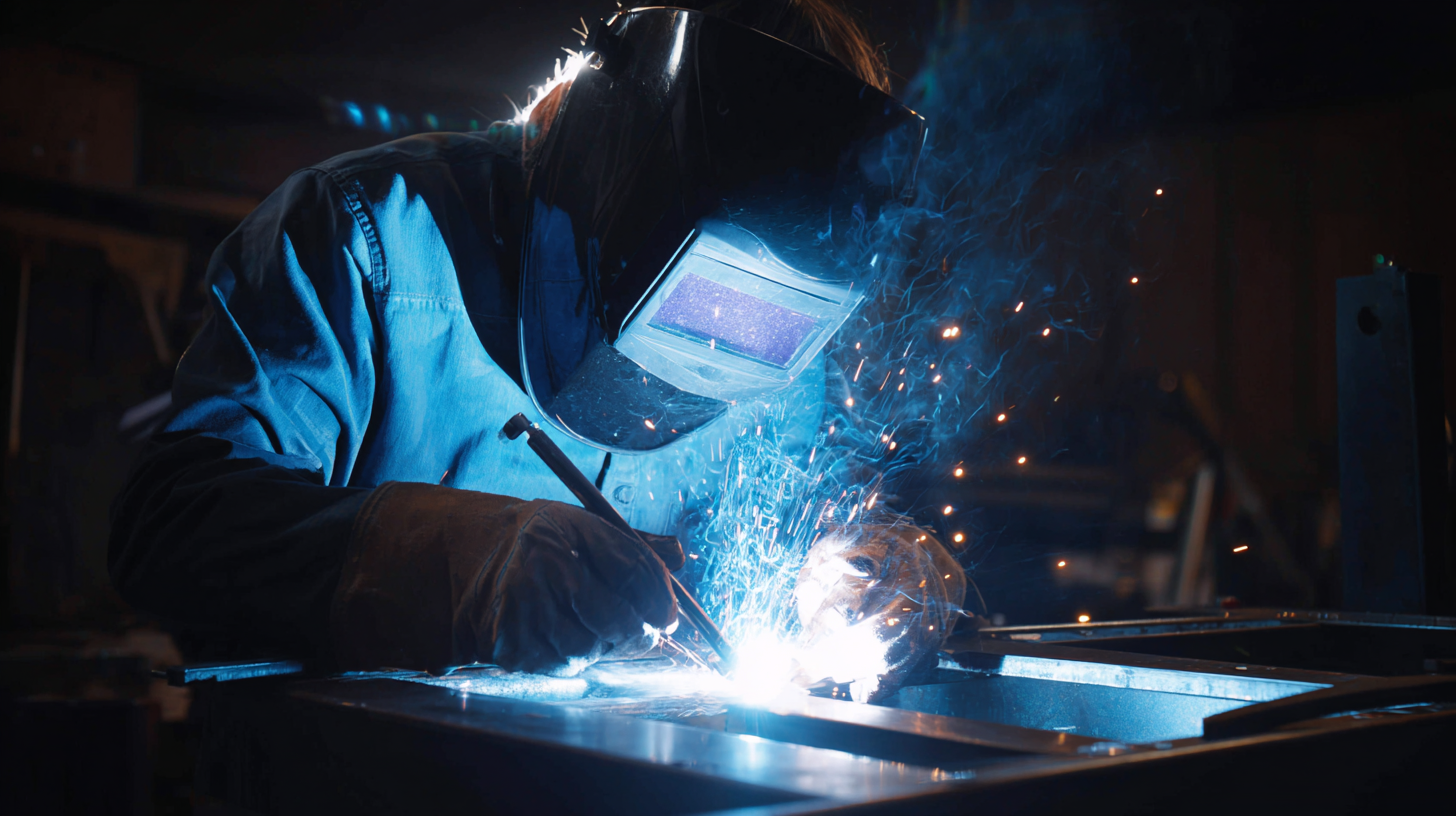 MIG welding is often favored for its speed and ease of use, making it ideal for beginners and projects requiring quicker results. It uses a continuous wire feed that helps in producing clean welds on thicker materials, such as steel and aluminum, which is why it’s commonly used in automotive and industrial applications.
MIG welding is often favored for its speed and ease of use, making it ideal for beginners and projects requiring quicker results. It uses a continuous wire feed that helps in producing clean welds on thicker materials, such as steel and aluminum, which is why it’s commonly used in automotive and industrial applications.
On the other hand, TIG welding offers greater control and precision, making it suitable for thinner materials and detailed work, such as in aerospace and artistic projects. The TIG process involves a non-consumable tungsten electrode and a filler rod, which allows for superior joint quality but demands more skill and patience from the welder.
Tips: When choosing between MIG and TIG, consider the materials you'll be working with and your skill level. For those new to welding, starting with MIG can lead to a quicker learning curve. For those looking to produce high-quality, intricate welds, investing time in mastering TIG will ultimately pay off. Always remember to prioritize safety by using the appropriate gear and working in a well-ventilated area, regardless of the method you choose.
Advantages of MIG Welding: Speed, Ease, and Versatility
MIG welding, or Metal Inert Gas welding, is celebrated for its speed and efficiency, making it a preferred choice among both professionals and hobbyists. One of the primary advantages of MIG welding is its ability to produce a clean, fast weld with minimal cleanup required afterward. The process utilizes a continuous wire feed, which significantly speeds up the operation compared to traditional welding methods. This advantage is particularly beneficial in high-production environments where time is critical.
Ease of use is another hallmark of MIG welding. With a relatively simple setup and fewer technical skills required to master the technique, beginners can quickly become proficient. Many MIG welding machines come with built-in features that simplify the welding process, such as adjustable wire feed and voltage settings. Moreover, MIG welding is versatile, accommodating a wide range of materials, including steel, stainless steel, and aluminum, which allows welders to handle various projects with ease. Whether you're involved in automotive repair, fabrication, or artistic projects, MIG welding proves to be an invaluable tool in any welder's arsenal.
Advantages of MIG Welding vs. TIG Welding
Benefits of TIG Welding: Precision, Control, and Quality Finish
 TIG welding, known for its precision and control, stands out among various welding techniques, particularly in applications demanding high-quality finishes. This method utilizes a non-consumable tungsten electrode, allowing welders to manipulate the heat and control the filler material with exceptional accuracy. Reports from recent industry analyses have shown that TIG welding can significantly reduce defects in weld seams, leading to lower post-weld processing costs and enhanced durability—especially vital in sectors like aerospace and automotive manufacturing.
TIG welding, known for its precision and control, stands out among various welding techniques, particularly in applications demanding high-quality finishes. This method utilizes a non-consumable tungsten electrode, allowing welders to manipulate the heat and control the filler material with exceptional accuracy. Reports from recent industry analyses have shown that TIG welding can significantly reduce defects in weld seams, leading to lower post-weld processing costs and enhanced durability—especially vital in sectors like aerospace and automotive manufacturing.
The shift towards TIG welding is also influenced by advancements in technology that have improved its efficiency. For instance, innovative practices such as advanced ship welding techniques have halved production timelines while maintaining stringent quality standards. As manufacturers increasingly adopt these new methods, the relevance of TIG welding continues to rise, underscoring its role in achieving superior surface quality and corrosion resistance in critical applications. The ability to produce clean, high-integrity welds ensures that TIG remains a preferred choice for professionals aiming to meet modern production demands.
Choosing the Right Technique: Factors to Consider for Your Project
When choosing between MIG and TIG welding techniques, several factors must be considered to ensure optimal performance for your specific project. According to the American Welding Society, MIG (Metal Inert Gas) welding is favored for its speed and ease of use, making it ideal for industrial applications such as manufacturing and automotive repairs. It allows for higher deposition rates, enabling welders to cover larger areas quickly, which can significantly reduce labor costs. In fact, studies show that MIG can be up to 30% faster than TIG, making it a preferred choice for those seeking efficiency.
On the other hand, TIG (Tungsten Inert Gas) welding provides superior control and precision, which is essential for intricate tasks such as aerospace components and artistic metalwork. Reports from the Welding Research Institute indicate that while TIG welding can be slower, it produces cleaner, higher-quality welds that are less likely to require rework. This makes it the go-to method for applications where aesthetics and structural integrity are paramount. Ultimately, the decision between MIG and TIG welding will depend on project requirements, such as material type, joint design, and desired finish, underscoring the importance of selecting the right technique for each unique situation.
Common Mistakes in MIG and TIG Welding: Tips for Success
When it comes to MIG and TIG welding, both techniques have their unique advantages, but they also come with common pitfalls that can hinder your progress. Understanding these mistakes is crucial for achieving success in your welding projects.
One frequent error in MIG welding is the incorrect setting of wire speed and voltage. Without precise adjustments, you may encounter issues such as burn-through on thin materials or a poor-quality weld. Always ensure that you are familiar with your machine's settings and adjust them according to the specific material you are working with.
On the other hand, TIG welding is often plagued by improper torch angle and travel speed. Many beginners struggle with maintaining a consistent arc, which can lead to inconsistent weld penetration.
To improve your TIG welding skills, practice holding the torch at the correct angle—typically around 15 to 20 degrees from vertical—and keep a steady pace as you move along the joint. Concentrating on these details can significantly enhance the quality of your welds, making your work cleaner and more precise.
Remember, practice makes perfect, so don't hesitate to keep refining your technique!
Related Posts
-
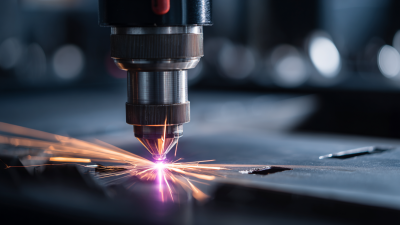
Unlocking Precision and Efficiency with Handheld Laser Welders in Modern Manufacturing
-

Unveiling the Future: How Laser Welders Revolutionize Modern Manufacturing Techniques
-
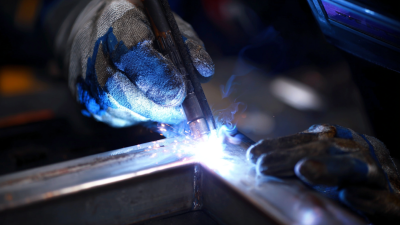
Mastering Tig Welding Aluminum Techniques for Stronger Joints and Improved Performance in Every Project
-
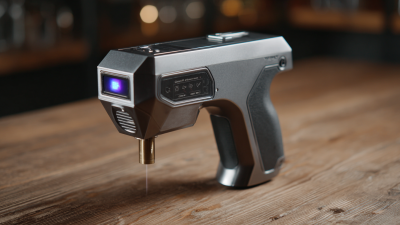
Exploring the Future: How Handheld Laser Welders Are Revolutionizing DIY Projects
-

Revolutionizing Manufacturing: How Welding Automation Increases Efficiency by 30% and Reduces Costs
-
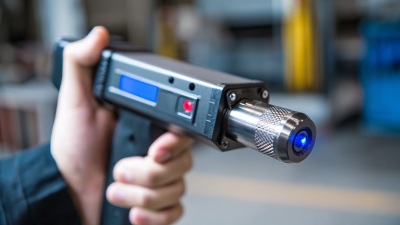
Exploring the Advantages of Hand Held Laser Welding Machines: Efficiency and Precision Unleashed


